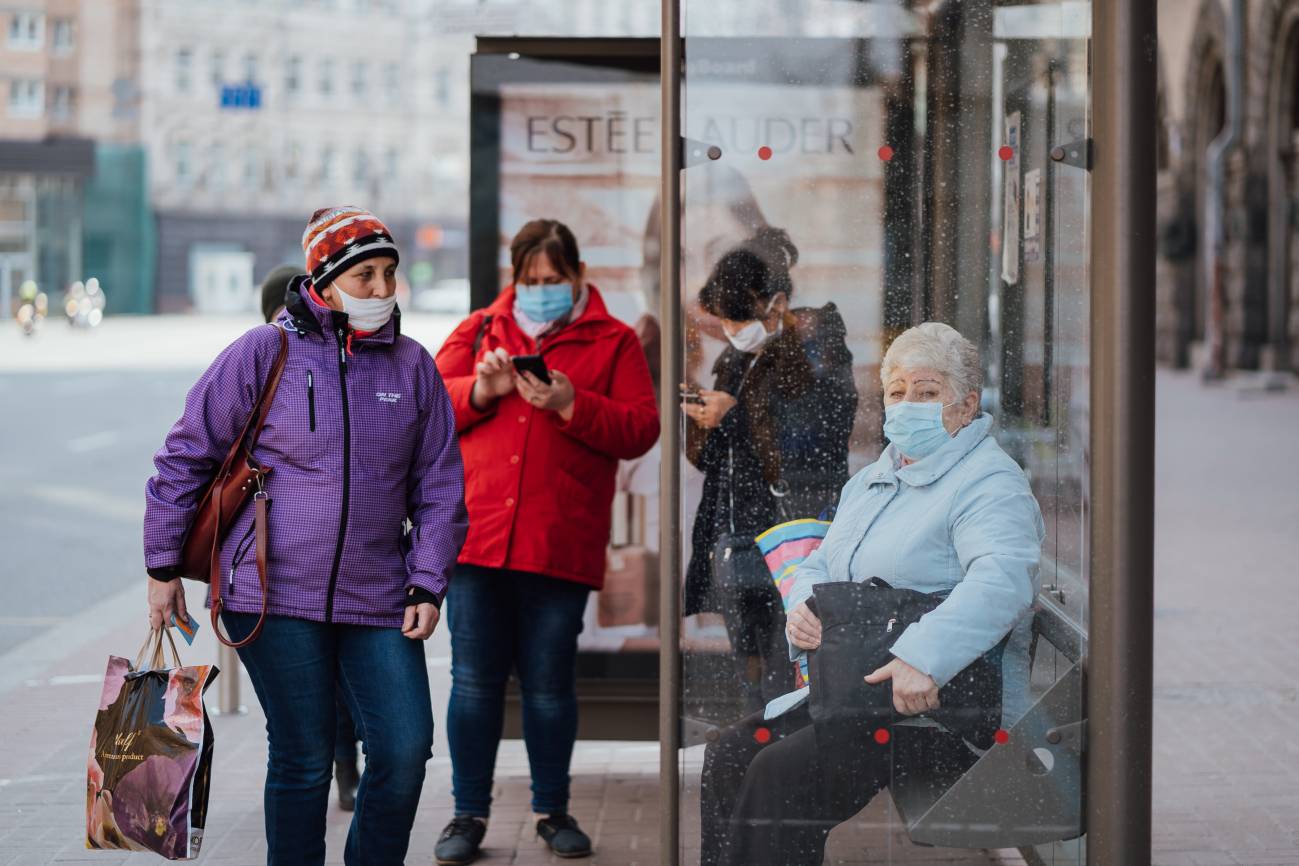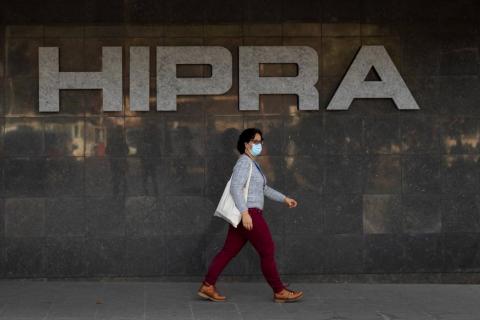Reaction to study concluding that global covid-19 incidence is higher than reported
An international team with WHO participation concludes that global covid-19 infection rates may be higher than reported. The research, published in the journal PLOS Medicine, is based on a systematic review and meta-analysis of seroprevalence studies published between 1 January 2020 and 20 May 2022.

Susana Monge - incidencia covid EN
Susana Monge
Medical Epidemiologist at the National Epidemiology Centre - Carlos III Health Institute
Seroprevalence studies measure what proportion of the population has had contact with the coronavirus (SARS-CoV-2), either because they have been infected, or because they have received vaccines against the virus. These studies are important to know how much of the virus has actually circulated, as many cases of infection, especially asymptomatic cases, go undiagnosed and unrecorded in official figures. They also serve to confirm that a population that has achieved good vaccination coverage does indeed have a high percentage of people with protective antibodies. And, above all, they serve to estimate the degree to which a population is protected against the coronavirus.
This study, led by the World Health Organisation, has pooled the results of studies in more than 100 countries around the world and concludes that, by September 2021, 60% of the world's population already had antibodies to the coronavirus. This means that one third of the world's population was still vulnerable to the virus at that time.
The study also shows differences between regions of the world. For example, in Africa in December 2021, the proportion of people with antibodies to coronavirus would have reached 87%, mainly due to virus circulation and high infection rates, rather than vaccination, because of the gap in access to the vaccine in southern countries. Prior to the advent of the vaccine, low- and middle-income countries had seven times the proportion of infected people as high-income countries. These differences were not seen in reported cases, as unlike in high-income countries where one in two cases of infection have been reported, in regions such as Africa only one in 150 cases have been reported.
By comparison, in Western Europe, the proportion of the population with antibodies to the virus in December 2021 was estimated at 96%, mainly due to the large number of people who have accessed vaccination. In Europe, there are also many people with dual protection, with an estimated 48% of the European population infected by March 2022, up from 30% during the last wave of omicron.
Finally, the study concludes that the groups with the highest proportion of antibodies due to infection are people between 20 and 60 years of age. The explanation could be that children generate fewer antibodies and the infection leaves no trace or, in the case of those over 60, that they lose antibodies more quickly after infection and are therefore not detected. It could also be due to increased exposure to the virus or reduced precautions against infection in younger people.
Isabel Bergeri et al.
- Research article
- Peer reviewed
- People
- Systematic review
- Meta-analysis



